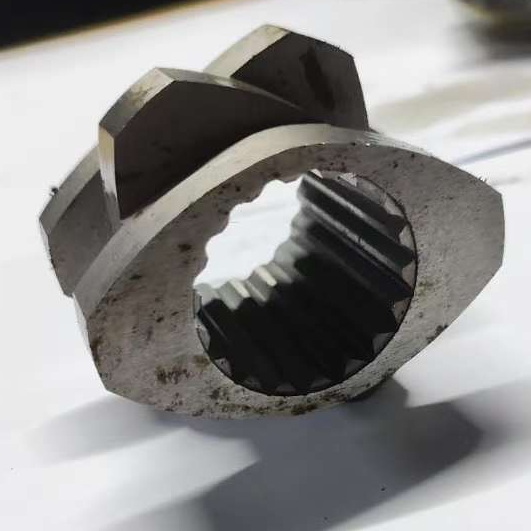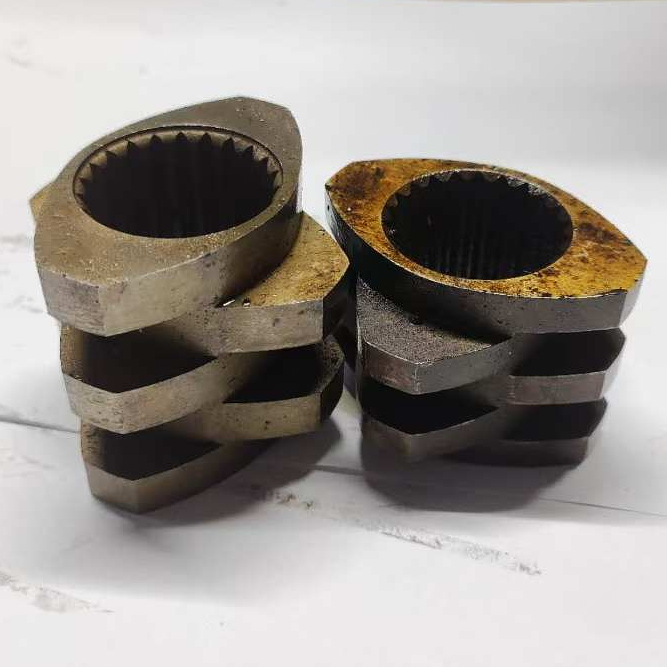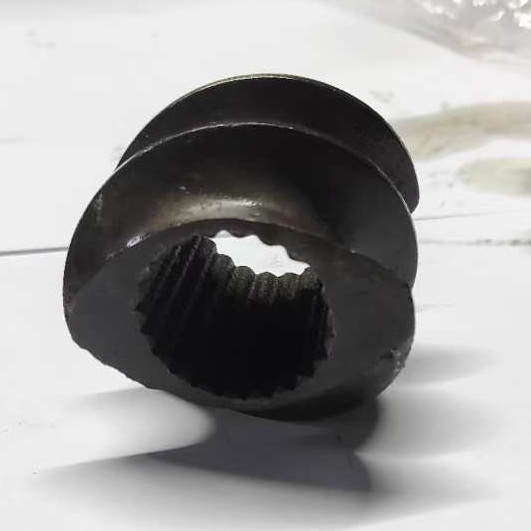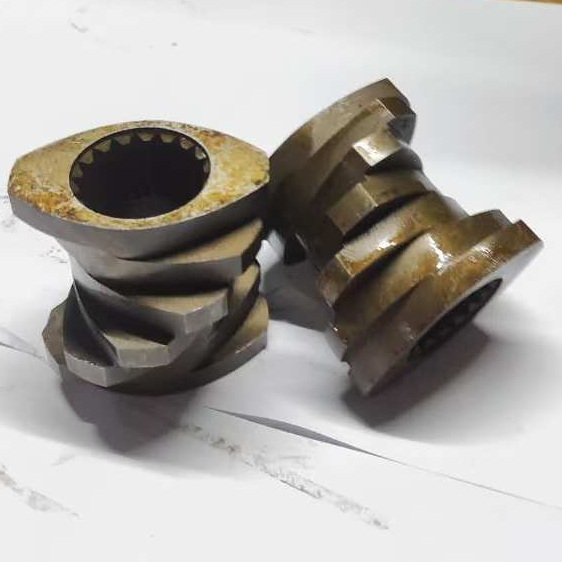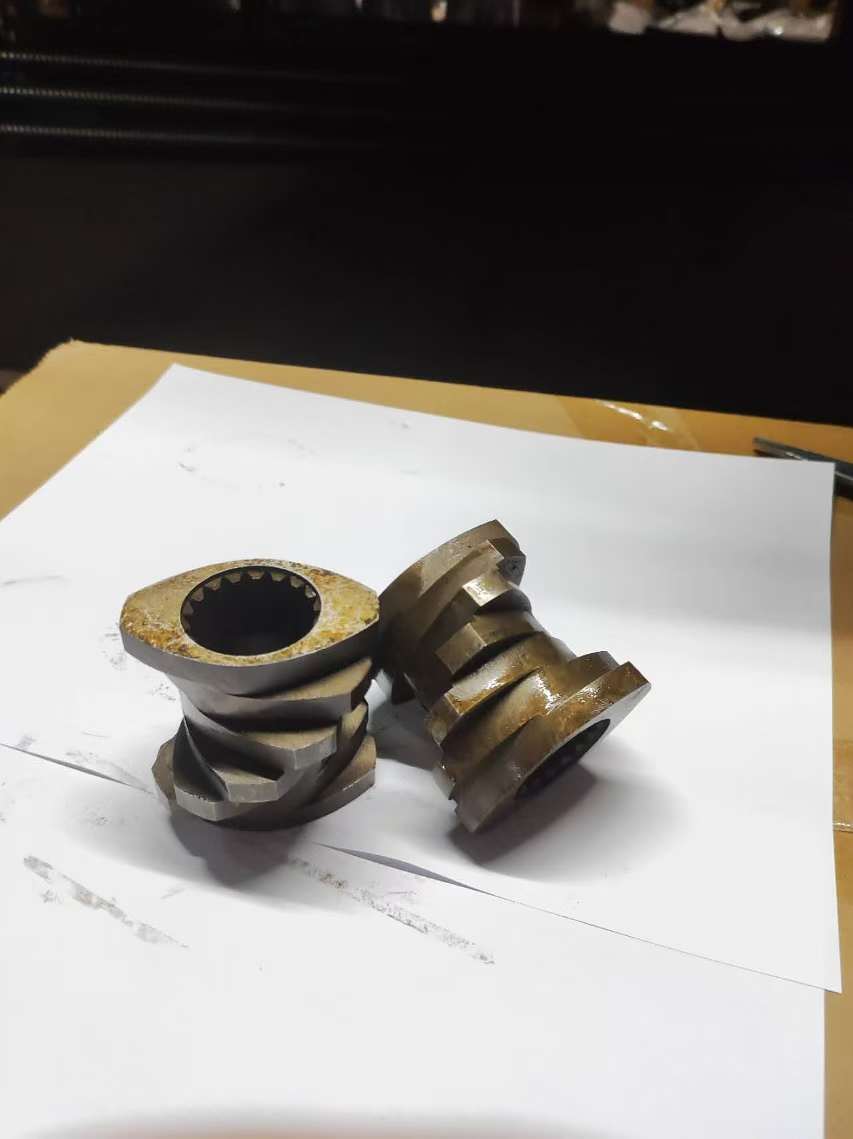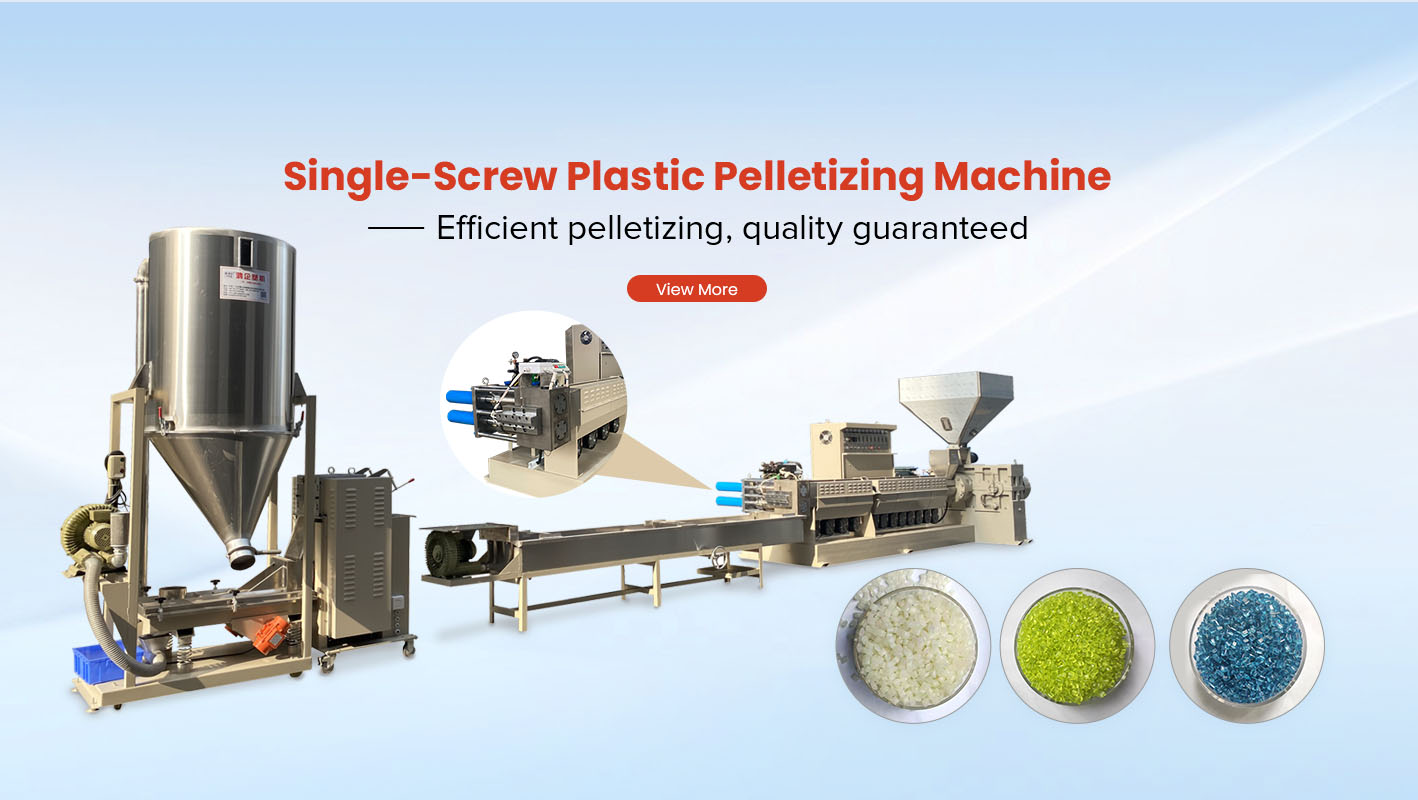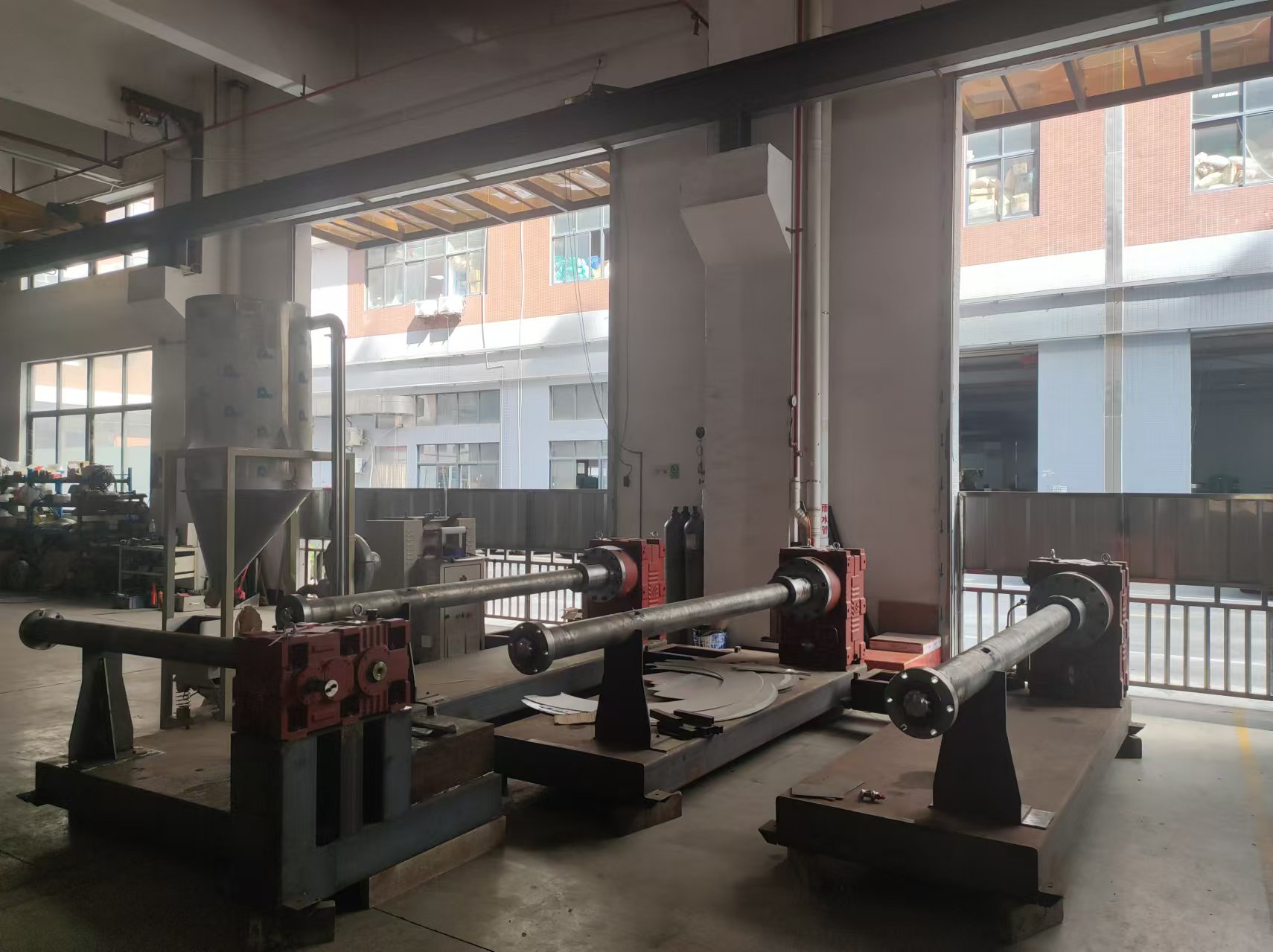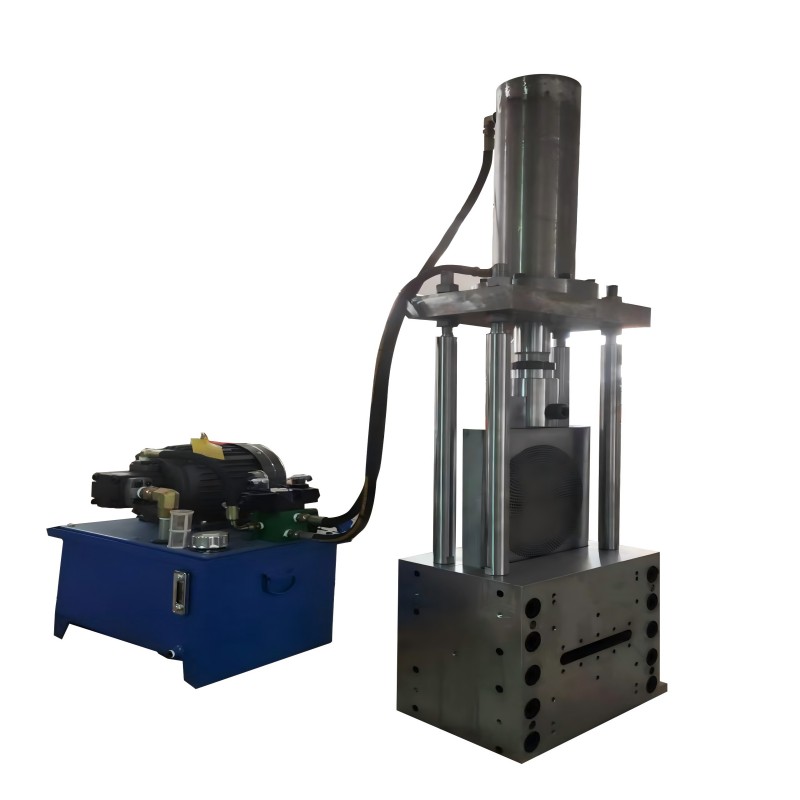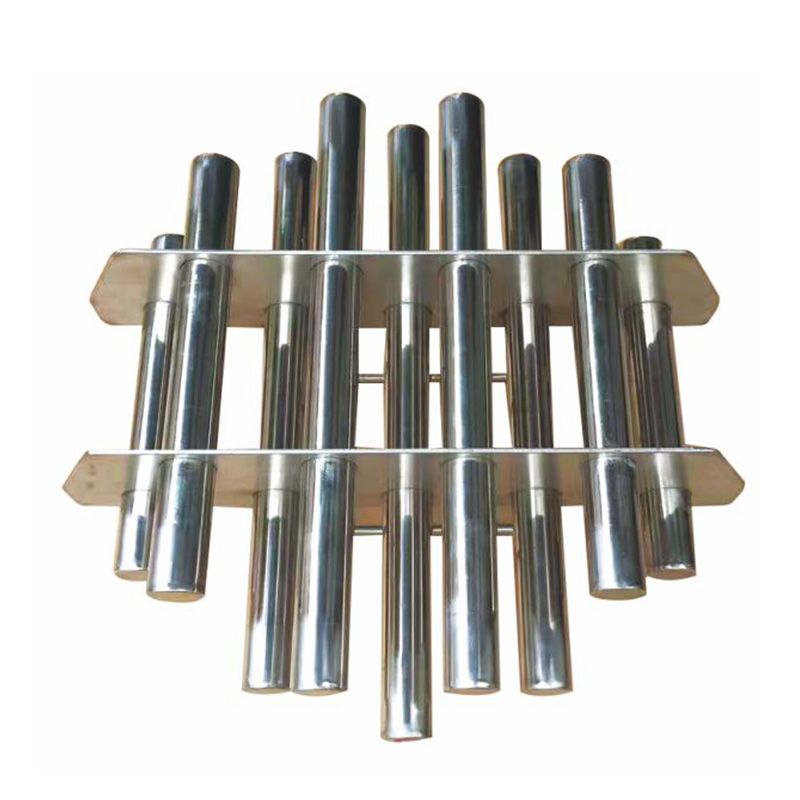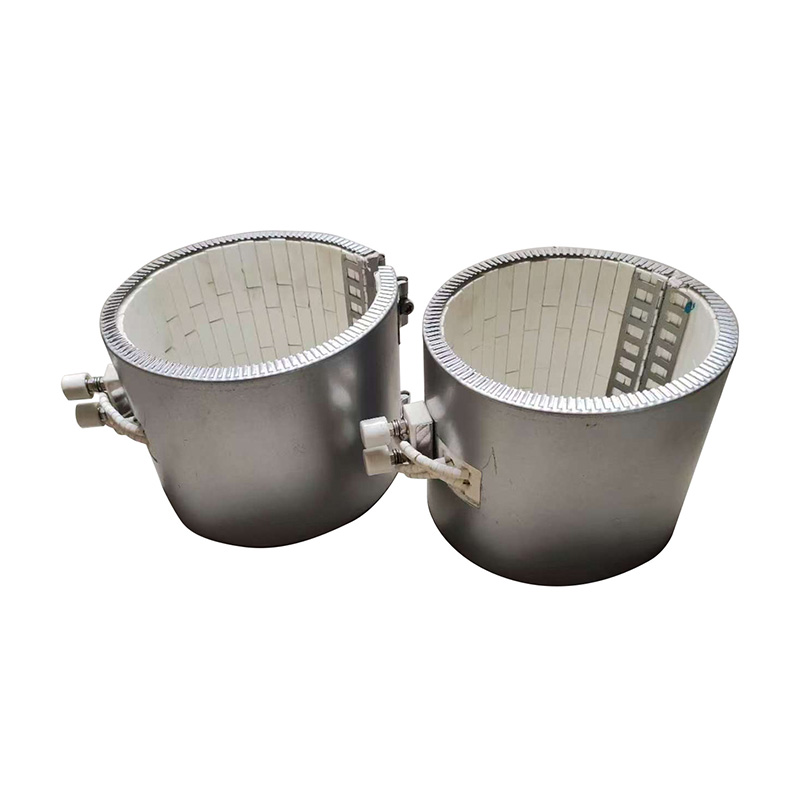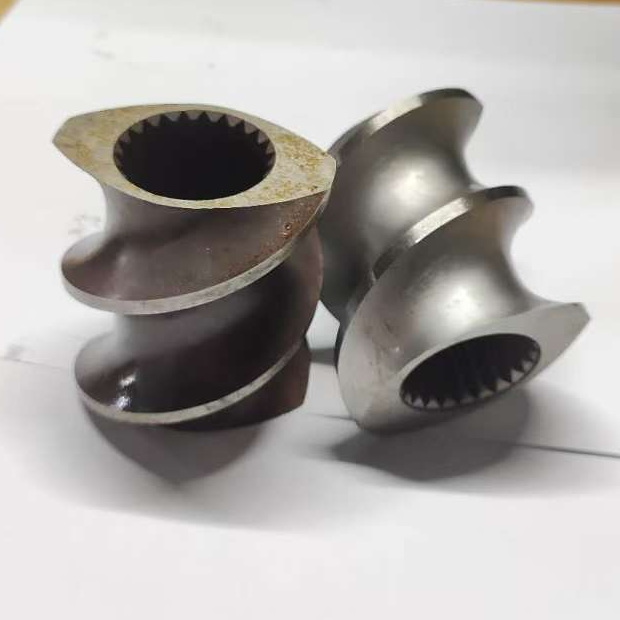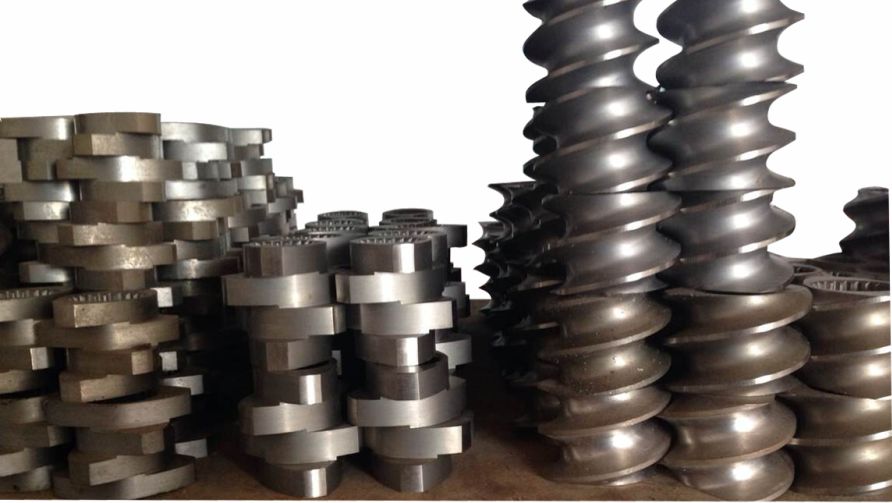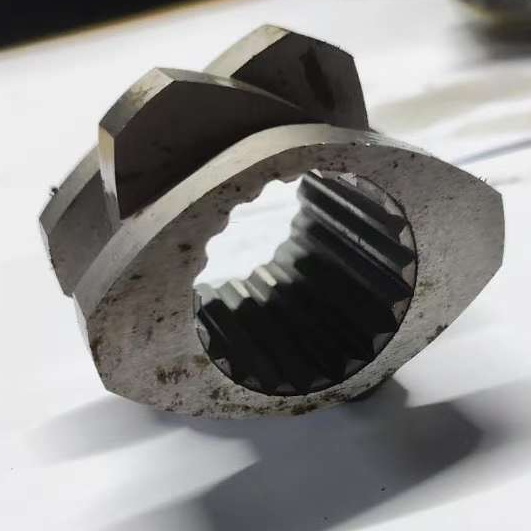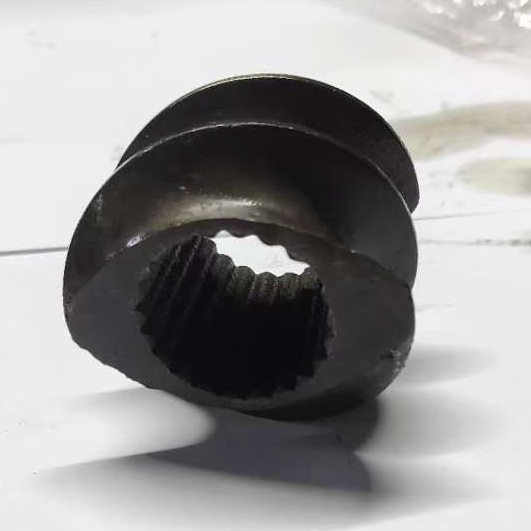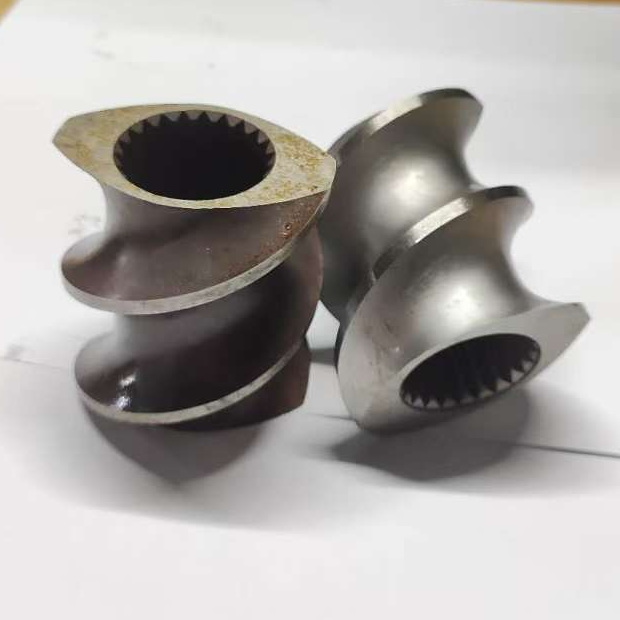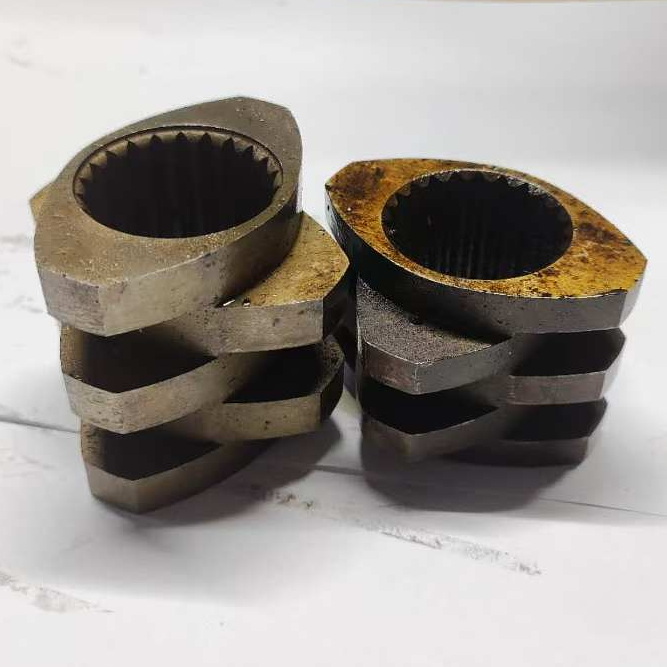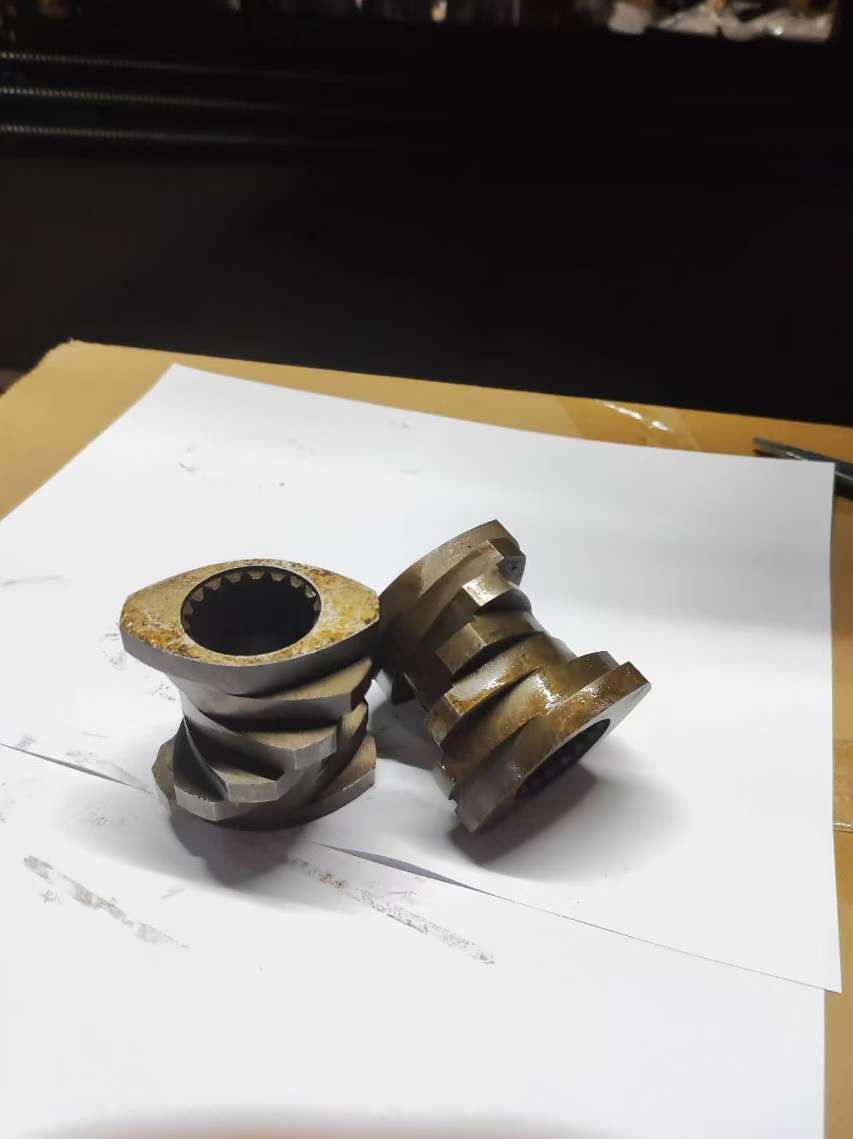Screw Element
- Product Information
Screw Element is a core component in plastic processing machinery such as extruders and injection molding machines. It is usually made of high-strength and high-wear-resistant alloy steel, and is precision machined and heat-treated to ensure its excellent performance and life in high-temperature, high-pressure and high-speed rotation working environments. The main function of the screw element is to transport the plastic raw materials from the hopper to the front end of the barrel by rotation, and complete the plasticization, mixing and metering of the plastic in this process, providing a uniform and stable melt for the subsequent molding process.
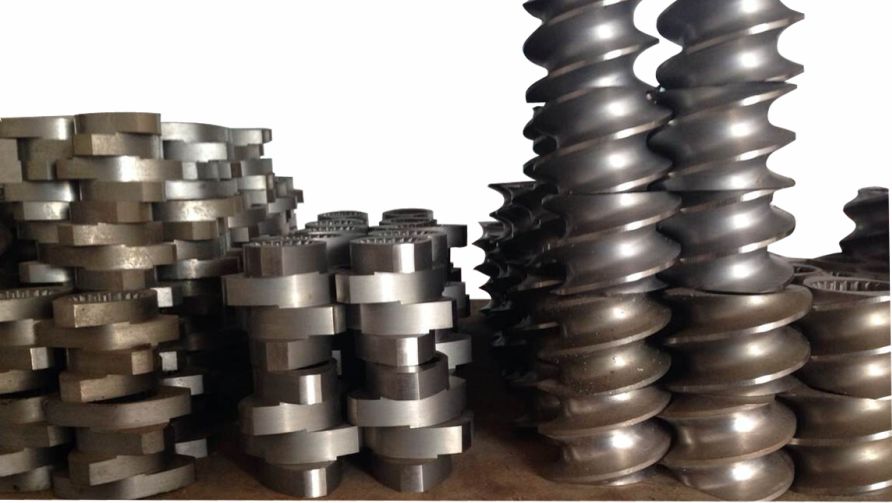
Screw Element Parameters:
| Available Materials: | W6Mo5Cr4V2、Cr12MoV、38CrMoAl Imported HIP High-Speed Tool Steel |
| Diameter Range: | 15.6mm - 250mm |
| Factory Nature: | China Manufacturers Suppliers Factory Exporter |
Screw Element Hot-Sale Models:
1. Carbonized Tungsten Alloy Screw Elements
Technology: Manufactured using Hot Isostatic Pressure (HIP) technology.
Features: Exceptional wear and corrosion resistance with superior cost-effectiveness. Performance is 7-8 times better than traditional high-speed steel (W6Mo5Cr4V2) products.
2.WR5 Powder Alloy Threaded Elements
Technology: Produced using advanced HIP technology.
Features: 4-5 times better performance compared to high-speed steel (W6Mo5Cr4V2). Highly popular in Europe and America for its enhanced durability and efficiency.
Screw Element Features:
Efficient conveying capacity: The thread design of the screw element enables it to effectively convey the plastic raw materials from the hopper to the front end of the barrel during rotation. By optimizing parameters such as the shape, pitch and groove depth of the thread, efficient conveying can be achieved and production efficiency can be improved. At the same time, the rotation speed of the screw element can also be adjusted as needed to meet different production needs.
Good plasticizing effect: In the compression section and homogenization section of the screw element, the plastic raw materials are gradually plasticized under the rotation of the screw and the heating of the barrel. The design of the screw element ensures that the plastic is uniformly sheared and mixed during the plasticizing process, thereby achieving a good plasticizing effect. This helps to reduce defects such as bubbles and impurities in the product and improve the quality of the product.
High wear resistance and long life: The screw element is usually made of high-strength, high-wear-resistant alloy steel, and is precision machined and heat-treated. This makes the screw element have excellent wear resistance and long life in high-temperature, high-pressure and high-speed rotation working environments. At the same time, the surface treatment of the screw element can further improve its wear resistance and corrosion resistance and extend its service life.
Easy maintenance and replacement: The design of screw elements usually takes into account the need for easy maintenance and replacement. In equipment such as extruders or injection molding machines, screw elements can usually be easily removed and installed to facilitate regular maintenance and replacement. This helps to reduce equipment downtime and improve production efficiency.
Strong adaptability: The design of screw elements can be customized according to different plastic raw materials, processing technology and product requirements. By adjusting the parameters and structure of the screw elements, it can adapt to different types of plastic raw materials and processing technology to achieve the best plasticizing effect and product quality. This makes screw elements have a wide range of application prospects in the plastic processing industry.
Applications of Screw Element:
Extrusion molding
In the extrusion molding process, the screw element is the core component of the extruder. It is responsible for conveying the plastic raw material from the hopper to the front end of the barrel, and completes the plasticization, mixing and metering of the plastic in this process. Through the rotation of the screw element and the heating of the barrel, the plastic raw material is gradually plasticized and evenly mixed, and finally forms a stable melt. These melts are extruded through the die of the extruder to form products of various shapes, such as pipes, plates, films, etc.
Injection molding
In the injection molding process, the screw element also plays an important role. It is responsible for conveying the plastic raw material from the hopper to the front end of the barrel of the injection molding machine, and completes the plasticization and metering of the plastic in this process. When the screw element rotates, the plastic raw material gradually moves forward under the push of the screw and is plasticized under the heating of the barrel. When the screw element moves to a certain position, the injection system of the injection molding machine starts to work, injecting the plasticized plastic melt into the mold to form the desired product.
Blow molding
In the blow molding process, the screw element also plays an important role. It is responsible for plasticizing the plastic raw materials and conveying them to the storage cylinder of the blow molding machine. During the blow molding process, the plastic melt in the storage cylinder is extruded through the blow molding head of the blow molding machine to form a tubular blank. Then, through the closing and blowing of the blow molding mold, the tubular blank expands and fits the inner wall of the mold, and finally forms the desired blow-molded product.
Other plastic processing techniques
In addition to the above-mentioned common plastic processing techniques, screw elements can also be used in other plastic processing techniques, such as calendering, foaming, etc. In these processes, the screw elements are also responsible for plasticizing the plastic raw materials and conveying them to the corresponding processing equipment, providing uniform and stable melt for the subsequent molding process.
Instructions for use:
Correct installation and commissioning
Before using the screw element, you need to ensure that it is correctly installed and commissioned. First, check whether the clearance between the screw element and the barrel is appropriate to ensure that the plastic raw material can be smoothly conveyed and plasticized. Secondly, adjust the parameters such as the rotation speed and heating temperature of the screw element to adapt to different plastic raw materials and processing requirements. During the commissioning process, pay close attention to the operating status of the equipment and the quality of the products, and adjust the parameters in time to achieve the best results.
Regular maintenance and care
The screw element needs regular maintenance and care during use. This includes cleaning the residues and impurities on the surface of the screw element, checking the wear of the screw element and replacing the severely worn parts in time, lubricating and rust-proofing the screw element, etc. Regular maintenance and care can extend the service life of the screw element, improve the operating efficiency of the equipment and the quality of the product.
Pay attention to operational safety
When using the screw element, pay attention to operational safety. First, ensure that the equipment is in good working condition to avoid safety accidents caused by equipment failure. Secondly, comply with the operating procedures to avoid injuries caused by illegal operations. For example, when cleaning the screw element or performing maintenance, turn off the power of the equipment and wait for the equipment to completely stop running before operating.
Reasonable selection of screw elements
When selecting screw elements, it is necessary to make reasonable selections based on the specific plastic raw materials, processing technology and product requirements. Different plastic raw materials have different physical and chemical properties, and it is necessary to select suitable screw element types and parameters. At the same time, different processing technologies and product requirements also require the selection of screw elements with different structures and performances. Therefore, when selecting screw elements, various factors should be fully considered to ensure the best performance and effect.
Pay attention to the wear of screw elements
Screw elements will gradually wear during use, which will affect their conveying efficiency and plasticizing quality. Therefore, pay close attention to the wear of screw elements and replace severely worn parts in time. Generally speaking, the wear of screw elements can be judged by observing the quality of the product, the operating status of the equipment, and the wear marks on the surface of the screw elements. When it is found that the screw element is severely worn, it should be replaced in time to ensure the normal operation of the equipment and the quality of the product.
Pay attention to the storage and preservation of screw elements
When storing and preserving screw elements, be careful to avoid damage and corrosion. First, store the screw elements in a dry and ventilated place to avoid damage caused by humidity and high temperature. Secondly, the screw elements should be treated with anti-rust treatment, such as applying anti-rust oil, to prevent rust and corrosion. In addition, during storage and preservation, the screw elements should be prevented from being subjected to external forces such as impact and extrusion to ensure that they are intact.
More details about Screw Element:

